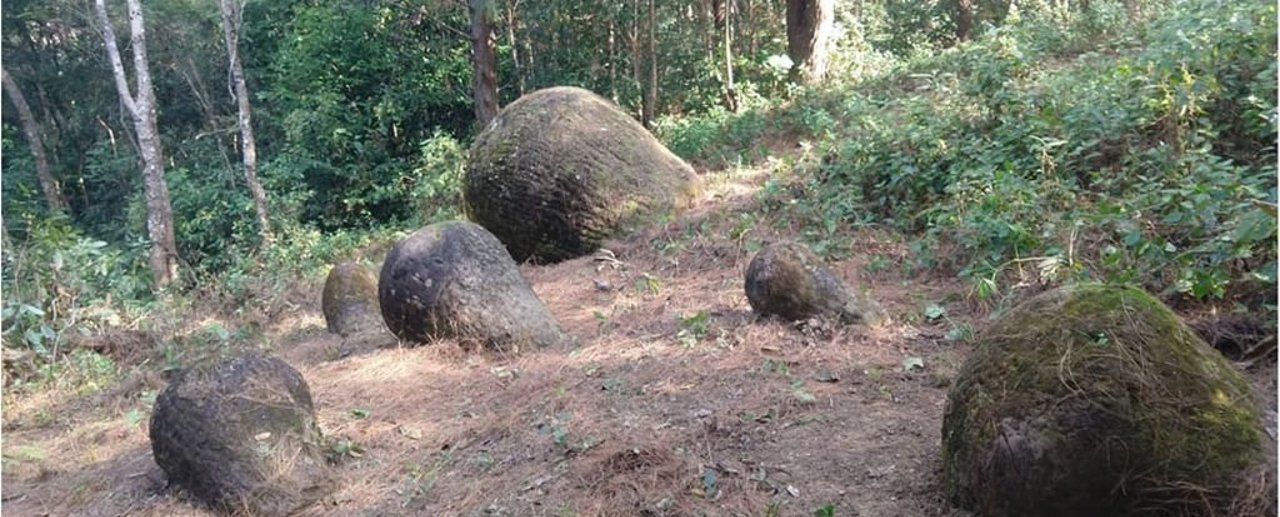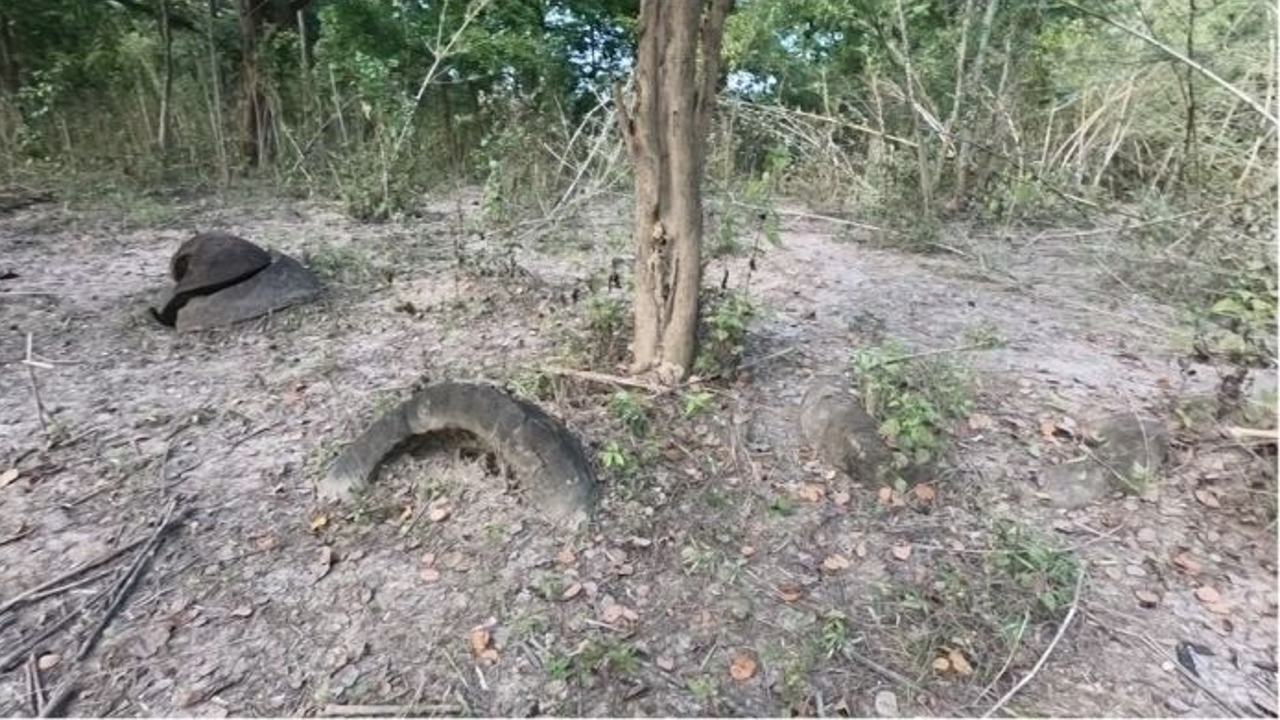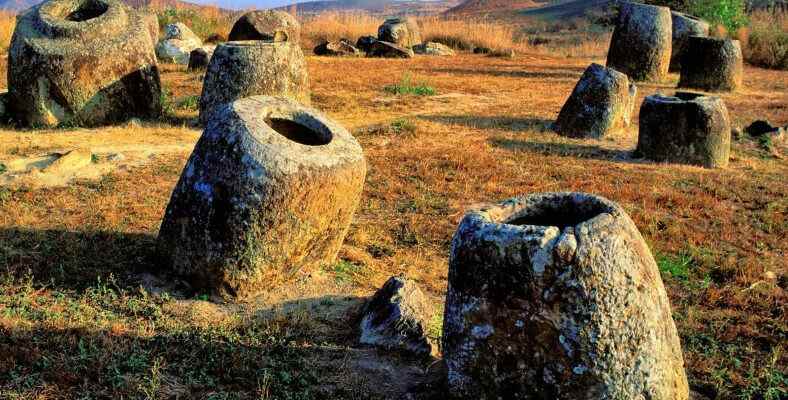Huge jars made of sandstone have been discovered at a research site in India. It is not yet known by whom these strange objects, which are thought to be used as a morgue, were made.
A strange mystery that has not been solved for some time, with a new discovery made in Assam, India to sandstone shapes new ones added. Archaeologists have discovered huge sandstones that were previously sometimes visible and sometimes hidden in the wild. 65 more reported its discovery.
Similar sites had previously been found in Laos and Indonesia; however, with the new discovery, the total number of known megalithic jar sites in Assam has increased to 11. These strange shapes, which are thought to belong to the 2nd millennium BC and the 13th century BC. morgue applications While it is stated that they may have been used for who he is is unknown.
They may have been used for funerals.
It is stated that some of these ancient objects were long and cylindrical, some like onions, and some in the form of two cones stacked on top of each other. These structures, some of which are partially or almost completely buried, who did or what purpose do they serve remains a mystery.
Six of the megalithic jar sites in Assam were first formally identified in 1929 by Philip Mills and John Henry Hutton; The seventh site was not discovered until the 2016-2017 expedition, which was part of the work to relocate and catalog the sites identified by Mills and Hutton.
Now the previously unknown has been revealed by a new study beginning in 2020 led by archaeologist Tilok Thakuria of North Eastern Hill University in India. 4 new sites more discovered. Added to the seven previously known areas, a total of 797 jars were detected in various conditions over an area of 300 square kilometers. These jars are placed on ridges, spurs and hills with plain view. it looks like it was deliberately placed expressed.

However, archaeologists have found no source for the sandstone from which the jars were made near any site. that they could not find stated. About this mysterious discovery, archaeologist Nicholae Skopal of the Australian National University said: “We still don’t know who made the giant jars or where they lived. A little bit of everything. mysterious“ recorded as.
On the other hand, Assam jars are like those in Laos. morgue applications It is assumed that it may have been used for Mills and Hutton reported that one of the jars contained charred bone fragments; Reports by British anthropologist Ursula Graham Bower, who lived with the Zemi Naga people in the 1930s, indicate that Zemi jars were discovered by the lost Siemi people. for funeral purposes had pointed out. On the subject, Skopal’s “The Naga people, the current ethnic groups in northeast India, have tales of finding Assam jars filled with cremated remains, beads and other material artifacts” His use of expressions strengthens these theories even more.
Finding more sites is very important for the preservation of heritage.

Moreover, given that the research team only searched a limited area, it seems likely that there are many more jar sites in the densely forested areas of Assam. Preserving Assamese heritage as human settlement expands, researchers say extremely critical states that it is. on the subject “There does not seem to be any ethnic group associated with jars in India, which means that the preservation of cultural heritage is of importance” As quoted by Skopal, “The longer it takes us to find them, the more crops are planted in these areas and the forests are cut down. chances of extinction in that high.” he adds.
Finding more similar sites is needed, not just to identify what the jars are for, but to the mysterious people who made them. preservation of heritage also of great importance.
RELATED NEWS
Antique New Home Gift… 2000 Year Old Glass Bowl With Almost Not A Scratch Discovered
Source :
https://www.sciencealert.com/weird-giant-stone-jars-created-by-a-mysterious-people-have-been-found-in-india
